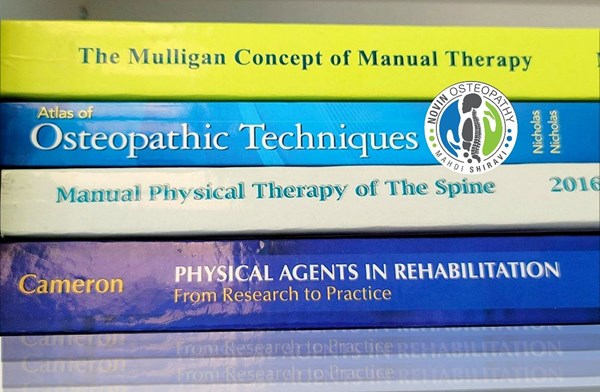Osteopathy Principals

Osteopathy Principals: 1-The Unity of the Body, The body is a unit; the person is a unit of body, mind, and spirit. No single part of the body functions independently. Each separate part is interconnected with all others and serves to benefit the collective whole of the person. When a part of the body is functioning sub-optimally, other parts of the body come out of their natural state of health in order to compensate for the dysfunction.
2-Self-regulatory and Self-healing Systems. The body is capable of self-regulation, self-healing, and health maintenance. The second major principle of osteopathic medicine is that the body has an inherent capacity to maintain its own health and to heal itself. By extension, this principle implies that there must be adequate circulation to and from all tissues of the body, and there must be proper nervous system function in order to coordinate the actions of all of the body’s organs and systems.
3-The Relationship Between Structure and Function. Structure and function are reciprocally interrelated. The structure of a body part governs its function, and thus abnormal structure manifests as dysfunction. In addition, if the body’s overall structure is sub-optimal, its functioning and capacity for self-healing will be inhibited as well.

